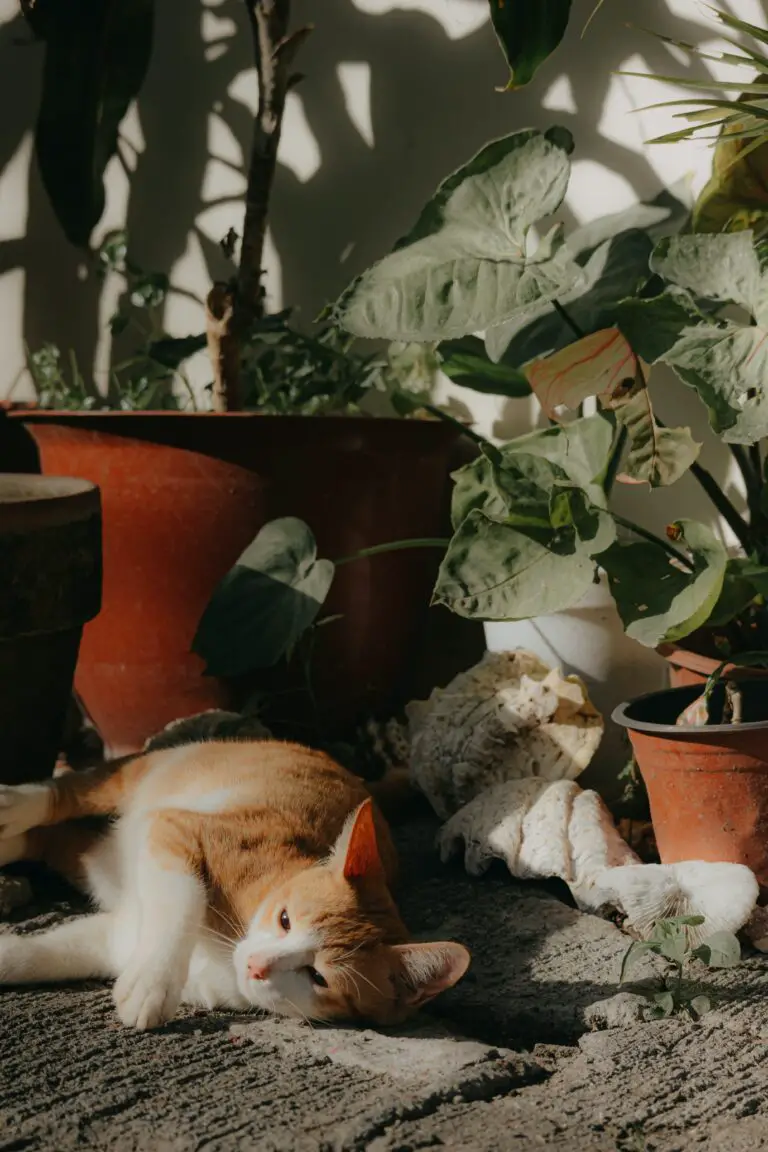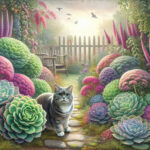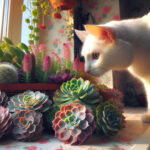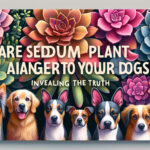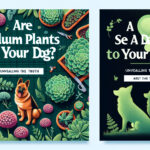Introduction to Sedum Plants and Feline Safety
Welcome to the verdant world of Sedum, a genus brimming with succulent greenery admired by gardeners far and wide. But the question lingers in the air like a cat poised for a pounce: are these plants a friend or foe to our feline companions? Let’s delve into the essence of these popular perennials and unravel the threads of doubt concerning our curious cats and the plants they encounter.
The Sedum species, often adorned with the moniker ‘stonecrop,’ are a beloved choice amongst succulent aficionados. Beyond their drought-resilient nature and their capacity to thrive in less-than-lush soils, they brandish a kaleidoscope of colors that add not just a touch of beauty but also a resilient spirit to gardens and indoor pots. Picture this: your cat, wide-eyed and whiskered, tiptoeing through an indoor Eden of Sedums, their protective pads silently pressing against the cool earth.
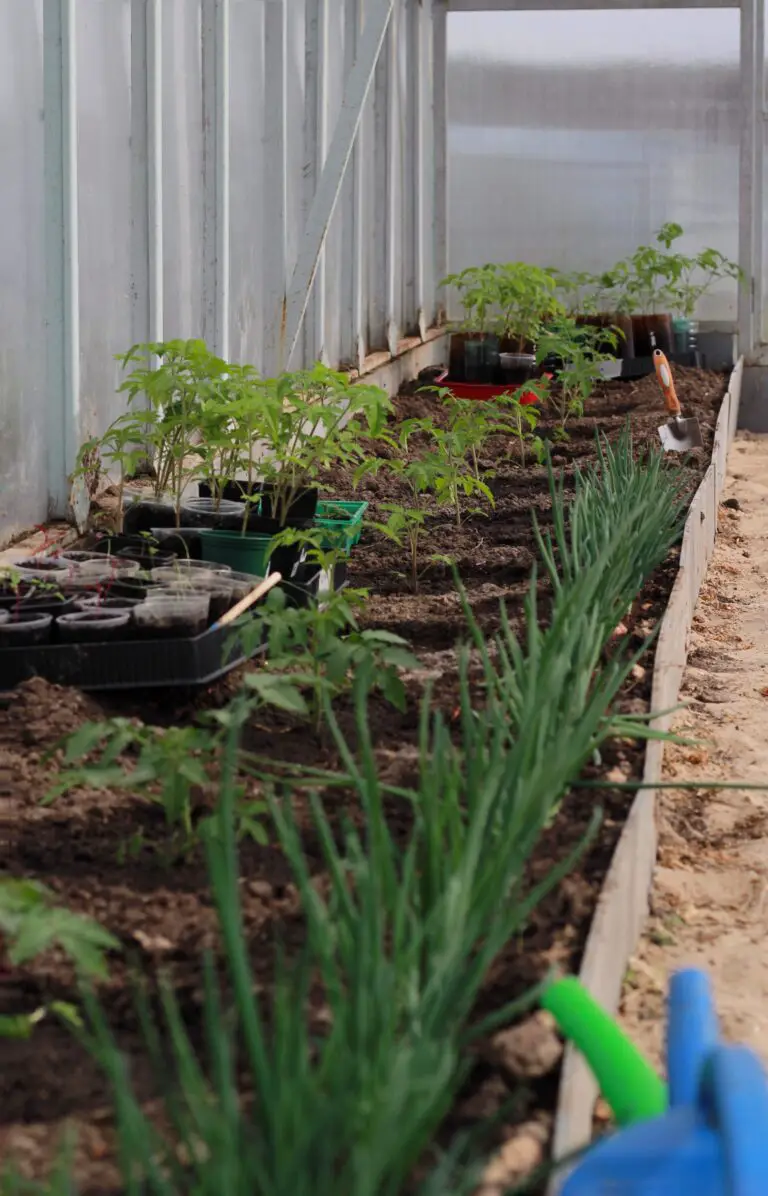
In our homes, we long to create a sanctuary not only for our peace of mind but also as a haven for our furry friends. We’re constantly met with the challenge of choosing plants that decorate our abode while keeping our pets safe. As we peek through the foliage, we find a pea to ponder: are sedum plants toxic to cats? Well, pop that pea of worry away. As it turns out, Sedums generally extend a green branch of safety in the world of pet-friendly plants.
Horticultural harmony is attainable, and as pet parents, we grow keenly aware of our duty to keep our leafy and furry kin coexisting in joyous jangles. For insights on fostering a flourishing relationship between your succulents and pets, discover the secrets within our guide on cultivating your own stonecrop succulent, where thoughtful tips bloom.
So, as we navigate the dense thickets of plant selections, let’s breathe a sigh of relief for every green thumb and cat lover, knowing that Sedum plants perched upon our windowsills aren’t the sly villains in this living tableau but are instead the unsung heroes, bringing tranquility and a flash of foliage to our feline’s indoor jungle.
Understanding Toxicity in Plants
When we talk about plant toxicity, we’re delving into the natural defenses that plants have evolved over millennia. Plants can’t run from their predators, so they’ve gotten creative in their survival strategies, using an arsenal of chemicals that can range from mildly irritating to downright deadly. But how is this botanical danger measured? It’s not like plants come with warning labels.
Scientific analysis is the key. Researchers look at various plant parts—leaves, stems, berries—and extract compounds that could be toxic. Then, through lab studies, they determine what amounts—if ingested—would be harmful to animals or humans. These studies are essential because they inform pet owners about potential risks that seemingly harmless houseplants might pose to curious cats.
For cats, the level of risk varies widely from plant to plant. Some may cause nothing more than a moment of paw licking, while others can lead to serious health issues. This external resource offers valuable insights into plants that are notorious pet offenders. But why worry about sedum plants in particular?
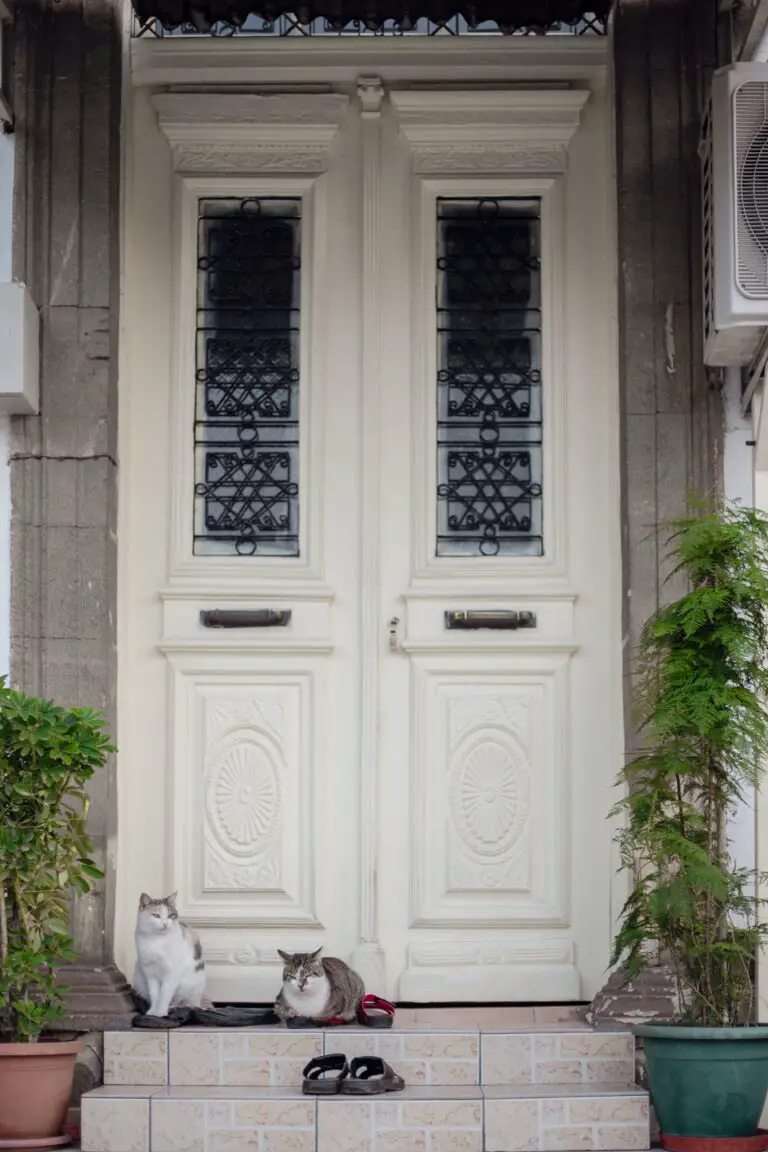
Take, for example, the story of Whiskers, the Gray Tabby. Whiskers was a notoriously nosy kitty who loved to nibble on the new greenery her human brought home. One day, after a few bites of a newly acquired sedum plant, Whiskers ended up with an upset tummy. A quick trip to the vet and some expert advice on feline-friendly flora averted any serious consequences.
With a little knowledge and precaution, keeping cats safe around houseplants becomes a less daunting task. As pet parents, understanding and respecting the power of plant toxicity goes a long way in preventing such scenarios, ensuring our furry friends can satisfy their green paws safely.
Sedum Plants and Their Effects on Cats
Imagine you catch your feline friend nibbling on the vibrant leaves of a sedum plant in your garden. Do you rush to stop them or let nature take its course? This isn’t just a casual concern for pet parents; it’s essential to know which plants in your verdant oasis pose risks to your purring companion. Not all sedum species have the same effects on cats, and while some may be harmless, others could be harboring a toxically tricky side.
For those in the dark about sedum plants, let’s shine some light on them. These succulents are renowned for their hardiness and can brighten up any space with their colorful, water-storing leaves. But here’s the conundrum: despite their beauty, some species can have potentially harmful effects if our curious kitties decide to take a bite. It’s a real-life puzzle that pet owners must solve to ensure their furry friends stay safe and happy.
Delving into the plethora of sedum varieties, we encounter a range from absolutely safe to potentially perilous. Take Sedum rubrotinctum, also known as ‘Jelly Bean Plant’, for example. Its candy-like appearance is deceiving as it may cause gastrointestinal upset in cats. On the flip side, species like Sedum acre, often referred to as ‘Goldmoss’, is believed to be non-toxic and thus, a safer option for a garden frequented by cats.
Now, you might wonder, “How do I play it safe?” The answer lies in research and responsible planting. Understanding which sedum plants cozily coexist with your kitty is as crucial as knowing how to care for the plants themselves. If you’re eager to expand your knowledge, check out our insider’s guide to nurturing your sedum collection, teeming with tips for a cat-safe garden that doesn’t compromise on aesthetics.
In the botanical match between felines and flora, keeping vigilance is key. Case in point: a sedum sampling spree might leave your cat with an upset stomach, or far worse, a trip to the vet. Real-life examples abound where a moment’s neglect resulted in preventable pet predicaments. Hence, it’s worth taking the time to pet-proof your plant selection.
Before we wrap up this green-thumbed guide, let’s take a visual detour. Check out this enlightening video that untangles the confusion surrounding non-toxic plants and learn how to create a safe sanctuary for your whiskered wanderers.
Cat owners, let’s have a heart-to-heart: our furry overlords don’t always know what’s best for them. It’s up to us to ensure their environment is both engaging and non-toxic. Whether you’re a seasoned gardener or a novice plant parent, remember that the sedum species you choose can make all the difference in your cat’s well-being. Choose wisely, and let your garden be a place of joy for every creature that calls it home.
Recognizing Signs of Toxicity in Cats
As a cat owner, it’s crucial to be vigilant about what your feline friend nibbles on, especially when it comes to plants. Sedum, while a pretty addition to your garden, poses a question: are sedum plants toxic to cats? The answer is, they can be. Various plants carry different levels of risk, and understanding what to watch for can be just as important as the plant selection itself. Here’s how to recognize when curiosity might not have been so kind to your kitty.
First, let’s talk about the warning signs. If your cat has ingressed something they shouldn’t have, the first thing you might notice is a change in behavior. A normally vibrant and playful cat may become lethargic or irritable. Beware if Fluffy is now shying away from attention – particularly if she was always the first to greet you. Additionally, keep an eye out for any gastrointestinal hints: vomiting or diarrhea is a surefire signal that something’s amiss.
Gastrointestinal symptoms can escalate quickly. If Mittens is making more frequent trips to the litter box or showing disinterest in food, it’s worth taking note. In some cases, you might even notice a bit of drool – this isn’t just a sign of relaxation but could indicate nausea or oral irritation caused by a toxic plant.
More severe symptoms can include signs of neurological distress. Imagine this: you find your cat, who’s usually as steady as a rock, suddenly uncoordinated, wobbly, or even experiencing tremors or seizures. This is a red flag that requires immediate veterinary attention.
Another visual clue? Changes in their thirst or urination patterns – and not because they’re trying out a new diet. Increased thirst or urination can be indicative of kidney issues, which some toxic plants, though not sedum specifically, can trigger.
Breathing shouldn’t sound like it’s workout time for cats. If Whisker’s breaths are coming fast and shallow, or if any coughing or wheezing joins the symphony, there might be something more in the air than just fur. Respiratory distress is a less common but very serious symptom of plant toxicity in cats.
What if your feline friend is usually the Sherlock Holmes of your household, but now seems disoriented or confused? This cognitive change isn’t just age-related feline forgetfulness. It could be another sign of toxicity, stemming from the plant Sherlock couldn’t resist investigating.
Visual Learning: Understanding Feline Plant Toxicity
They say a picture is worth a thousand words, and a video might just be worth a million, especially when it comes to identifying the signs of toxicity in our four-legged companions. To really grasp what trouble looks like for a potentially poisoned pet, take a look at this informative video:
Remember, if you suspect your cat has ingested a toxic plant, time is of the essence. Contact your veterinarian or the nearest animal emergency clinic immediately. It’s always better to err on the side of caution when it comes to the safety and health of your furry family member.
Preventative Measures for Cat Owners
As a cat owner, it’s like you have your very own curious little explorer in the house. Cats, with their inquisitive and playful nature, often push their noses—and paws—into places we’d rather they didn’t. When it comes to sedum plants and our feline friends, a proactive approach is essential. But how can you keep your whiskered companions safe from these potentially harmful greens? Let’s dive into some practical lifesaver tips that cat owners can easily implement.
The cardinal rule for safeguarding your home is awareness. Know your greens like you know your cat’s mealtimes. Research and identify any plants within paw’s reach that could pose a risk. If you’ve got a lovely arrangement of sedum in your living room that makes you the envy of your social circle, consider relocating it to higher ground, out of leap’s way. Cats have a penchant for high perches, but keeping toxic plants elevated on a slippery surface can deter even the most determined climber.
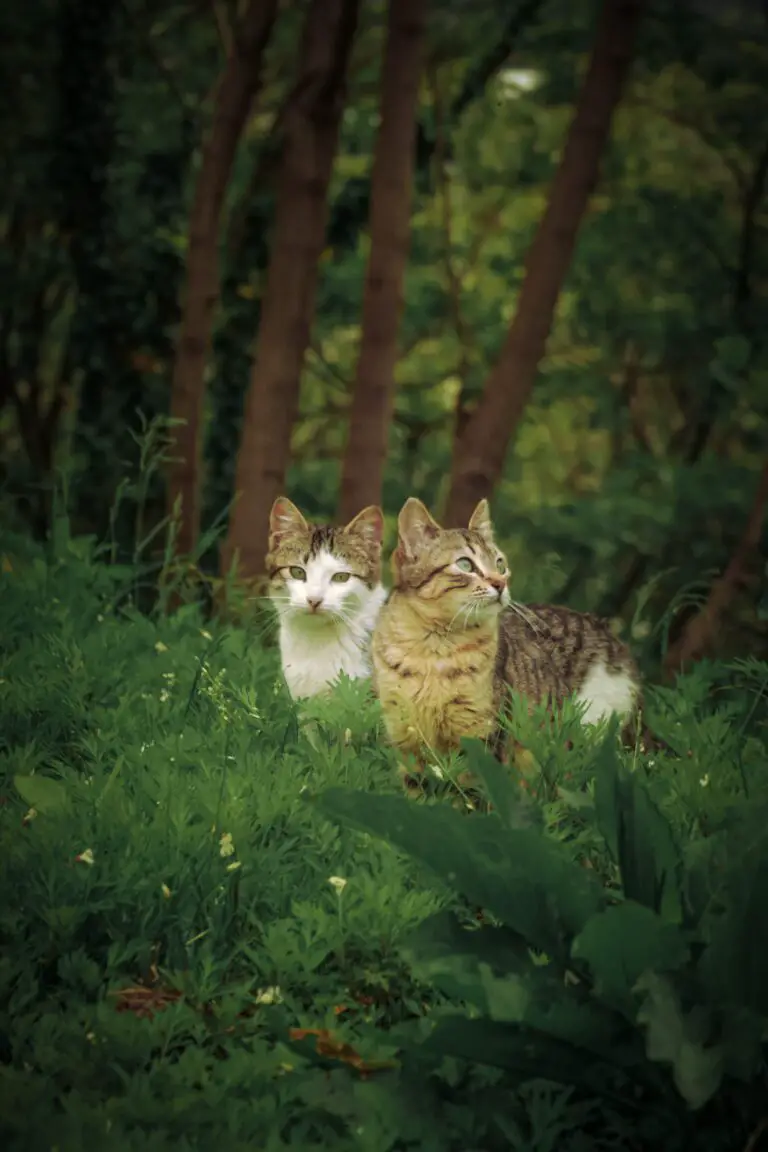
Engage your cat’s senses with safer alternatives. A catnip plant or a small pot of wheatgrass can be wonderful (and secure) distractions. They offer a stimulating experience for them while keeping their focus away from your precious sedum. Place these ‘cat-approved’ greens in areas easily accessible to your furry detective, and watch as they blissfully ignore the no-go greens.
Imagine you’ve got a munchkin who’s an unstoppable nibbler. In such cases, applying natural deterrents around your sedum plants could be your go-to move. A sprinkle of citrus peels or a diluted vinegar spray around the pot can send a clear stay-away signal to those sensitive little noses. However, ensure these deterrents are used sparingly and in a way that won’t harm the plant or your kitty.
Barrier methods aren’t just for keeping rabbits out of your garden; they can work wonders indoors too. Decorative fences or plant cages might just add that extra oomph to your indoors while doubling as a cat fortress, keeping your ear-twitching invader at bay.
Last but not least, education is your ally. Teach your cat where it can and cannot roam, much like you would childproof a house. Using commands and gentle guidance will over time create an understanding in your cat’s mind that the sedum zone is off-limits. Be patient, as cats often learn more from consistent prevention than from a single incident.
By combining these strategies and maintaining a vigilant watch, you’ll create a safe haven for your cat to roam, play, and nap without the worry of them engaging with your sedum plants. It’s about creating a mutual space where plant admiration for you and cat shenanigans for them can coexist in purrrfect harmony.
Creating a Pet-Friendly Garden
For those of us who share our lives with a feline companion, the safety of our pets is paramount, especially when it comes to designing our gardens. Cultivating a pet-friendly garden is not just about avoiding toxic plants like sedum; it’s about creating a safe and stimulating outdoor sanctuary for our cherished cats. Think of your garden as a mini-adventure park where your cat can explore, nap, and play without any risk.
Imagine your cat prancing through lush greenery, nibbling on some fresh catnip, or lounging in the shade under a butterfly bush. It’s a place where whiskers twitch at the scent of non-toxic flora and curiosity reigns supreme. To achieve this, it’s essential to research and plant greenery that is friendly to feline visitors. For instance, the vibrant petals of nasturtiums and the soft fronds of the Boston fern are both non-toxic and can add an aesthetic flourish to your garden without endangering your pet.
One plant that has made its way into many pet-safe garden lists is the magnificent sunflower. These towering blooms not only create a dramatic backdrop for your outdoor space but also are completely safe for your cat to rub against or even take a little taste. Cat grass, a mixture of grasses like wheat, barley, and oats, is another excellent choice for nibbling, aiding in digestion and providing a natural source of fiber.
Did you know that creating hideaways with plants such as the classic cat thyme can provide your kitty with a sensory experience that is both safe and irresistible? Or that establishing a patch of valerian will attract your furry friend with its stimulating scent while you get to enjoy its beautiful white or pink flowers? These are the thoughtful touches that transform a garden into a feline-friendly haven.
Remember, while creating your garden, the goal is to entice and entertain your cat with an array of textures, scents, and safe plants to explore. Just picture your cat’s delighted face as they discover each new aspect of your cat-friendly landscape!
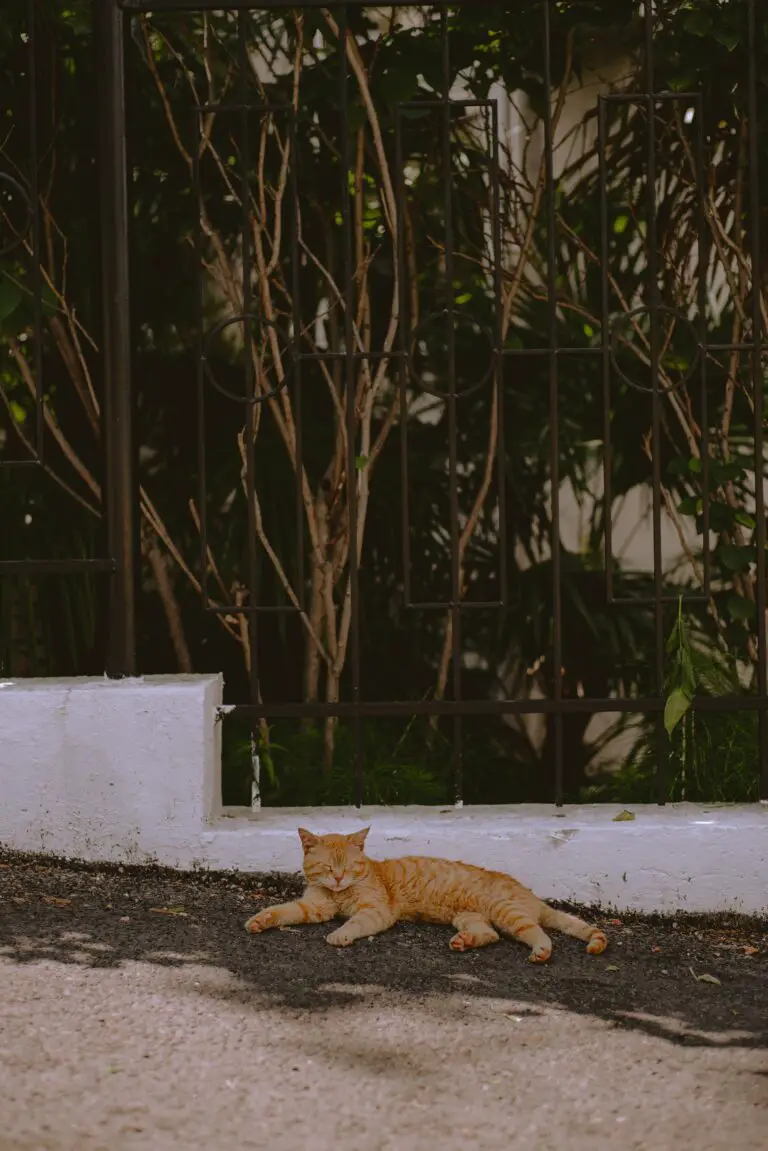
Non-Toxic Plant Options for Your Garden
When selecting plants for your garden, it’s crucial to consider those that will not only beautify your space but also ensure the safety of your playful companions. Non-toxic options such as spider plants, zinnias, and even the culinary delight of rosemary can provide visual interest for you and a safe environment for your cat. However, it’s always advisable to check with a botanical expert or a vet to confirm the toxicity level of plants you’re interested in, as the variety of cat-safe plants is vast, and new discoveries are constantly being made.
It’s not all about what to add, though. It’s also about what to remove. Always be ready to weed out any plants that could pose a danger to your cat. You might love the look of a certain flower, but if it’s toxic to your pet, it’s better to appreciate it in someone else’s garden or in a florist’s bouquet — far from your furry friend’s paws.
By mindfully choosing non-toxic plants and designing with your cat’s well-being in mind, you can ensure that your garden is not only a beautiful retreat for you but also a joyful and secure playground for your cat. The key to success lies in doing your homework and perhaps even getting a little creative with pet-friendly alternatives to traditional garden fare.
Alternatives to Sedum Plants in Pet Homes
For cat parents with a green thumb, providing a safe and stimulating environment for your curious feline can be just as important as beautifying your home with lush greenery. While sedum plants might raise concerns due to their toxicity to cats, fear not! There are plenty of non-toxic alternatives that will keep both your plant aspirations and your furry friend thriving.
Take, for instance, the charming Boston Fern. This classic houseplant is a cascade of vibrant green fronds, known for both its air-purifying qualities and its status as a feline-friendly flora. It’s perfect for hanging baskets or pedestals, making it ideal for homes with limited floor space. Or envision the Spider Plant, an absolute superstar when it comes to pet-safe plants. Its long, arcing leaves and playful spiderettes provide an appealing visual without posing a risk to your cat.
Ever considered the elegance of the African Violet? These purple-hued beauties offer a pop of color and are perfectly harmless to your prowling pet. Their compact size allows for versatile placement, be it a sunny windowsill or a shaded corner. Likewise, the lush leaves of the Areca Palm can bring a tropical vibe to any cat-friendly household. They are excellent for crafting that cozy jungle atmosphere that adventurous kitties adore so much.
While these plants inject a burst of life into domestic spaces, it’s crucial to remember that a cat’s inclination to nibble on greenery must always be accompanied by vigilant plant supervision. Strive for a playful yet safe space by situating plants beyond the easy reach of your feline to prevent any accidental ingestion.
Let me sprinkle in a real-life gem: the captivating image of your cat lounging in the sun, with a backdrop of harmless, lush plants complementing your feline’s leisure – this doesn’t have to be a dream! With the right choices, your home can become a sanctuary for both you and your whiskered companion.
Behold the charm of a cat-safe garden through this delightful visual:
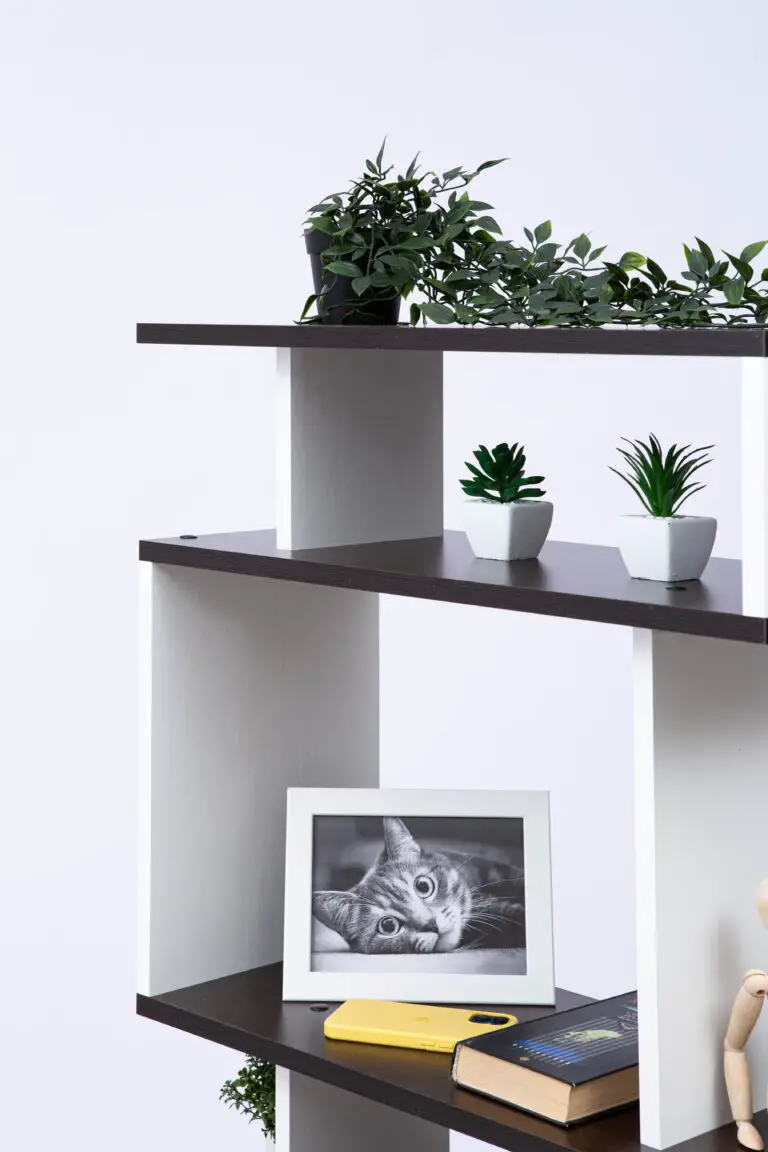
As you consider revamping your living space, remember that adopting pet-friendly plants doesn’t mean sacrificing style or variety. Nature offers an abundance of options to ensure that your feline’s safety and sensory pleasure are always in bloom.
Professional Insights on Cats and Plant Safety
When it comes to our feline friends and their curious noses, not all plants are created equal. It’s essential to discern which ones can sit pretty in your living room and which should be kept out of paw’s reach. With are sedum plants toxic to cats being a concern for many pet parents, let’s dig into professional advice on the matter.
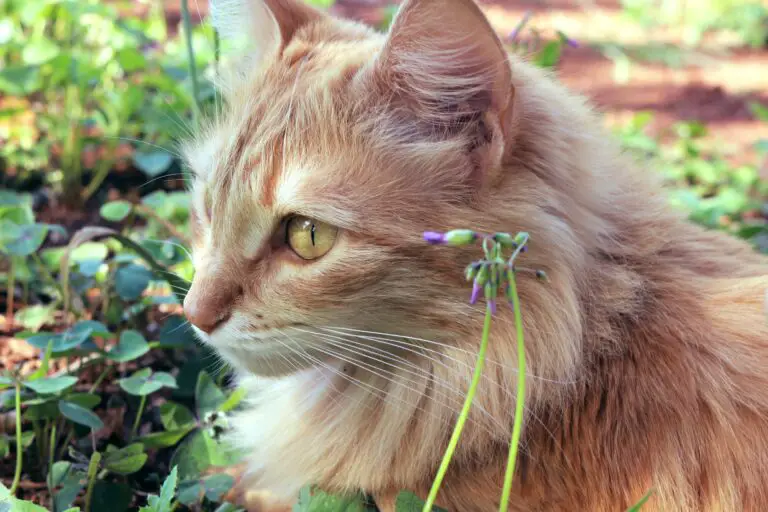
Veterinarians often encounter pet owners who are passionate plant enthusiasts yet worry about the potential dangers certain flora can pose to their cats. Scrutinizing sedum plants, in particular, is paramount, as these succulents are prevalent in many gardens and homes.
One story that resonates is that of Muffin, a curious tabby who had a close call with a sedum autumn joy. After nibbling on the plant, she started showing signs of distress. Fortunately, her observant owner noticed quickly, and a trip to the vet prevented any serious harm. This incident underscores the importance of awareness and swift action.
Professionals agree that while not all sedums are toxic, it’s better to be safe than sorry. Creating a cat-friendly zone where your kitty can frolic worry-free among non-toxic greenery is not just smart—it’s a gesture of love and care. Pet care experts also suggest keeping a list of emergency contacts, including your vet and the nearest animal hospital, in case of accidental ingestion.
In conclusion, spread the knowledge among fellow pet owners. Share the insights from pet professionals, and let’s foster environments where our whiskered companions can thrive alongside our green-thumbed hobbies.
Frequently Asked Questions
When it comes to our feline friends, it’s not just curiosity we need to worry about; the plants they nibble on can also be a source of concern. In particular, sedum plants, commonly adored for their low-maintenance charm and succulent leaves, can raise alarm bells for cat owners. So, let’s explore some pressing questions cat lovers have when it comes to these popular perennials.
Are Sedum Plants Toxic to Cats?
It’s a sunny Sunday afternoon, and you catch your cat in the act, chomping away at the green leaves of your prized sedum plant. Instant panic, right? Well, you can breathe a sigh of relief. Generally speaking, sedum plants are not considered toxic to cats. However, it’s important to keep an eye on your kitty, as every cat reacts differently, and even non-toxic plants can cause mild digestive upsets if ingested in large amounts.
What Symptoms Should I Watch for If My Cat Eats Sedum?
Imagine catching Whiskers with a guilty look and a bit of green hanging from his mouth. While sedums aren’t the villain in this tale, some cats might experience vomiting or diarrhea if they eat too much. If symptoms persist, be sure to check in with your vet as you would after any episode of an upset tummy in your furball.
How Can I Keep My Sedum Plants Safe from My Curious Cat?
For those of us with feline escape artists who believe every plant is fair game, it’s time for some creative thinking. Consider placing your sedum plants in areas less accessible to your cat or even outdoors if the climate allows. If indoor gardens are your style, try using plant stands that are too narrow for a cat landing or hanging planters that add a touch of greenery high above the feline fray.
Can I Use Any Sedum Plant as Part of My Home Decor without Worrying?
Take it from the cat who has tried to make a snack out of everything – from the Christmas tree to your knitting wool – diversity is key. There are many varieties of sedum plants, and while most are non-toxic, it doesn’t hurt to be cautious. Before you bring a new green buddy home, a quick check to ensure it’s safe for your pets will save you from potential headaches, or rather, whisker-aches.
We all want to keep our pets safe without compromising on our love for plants. With a little vigilance and these tips, you and your feline companion can enjoy the beauty of sedum plants together. Just remember, if your cat is a repeat offender when it comes to plant munching, always keep an eye out for any changes in behavior and consult with your vet when in doubt.
